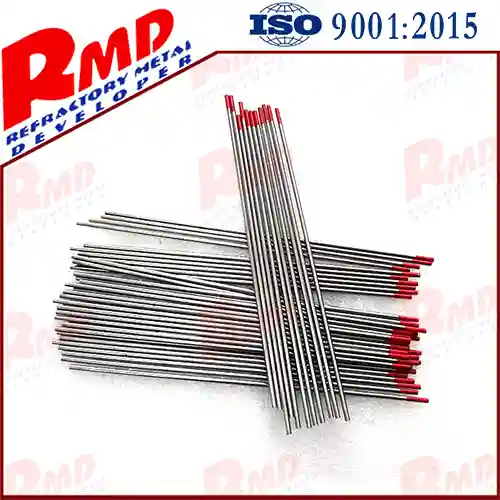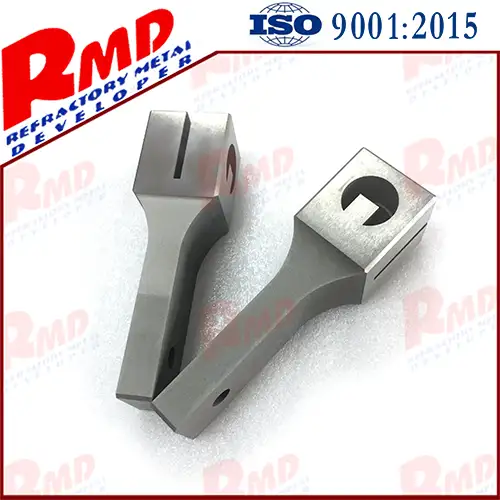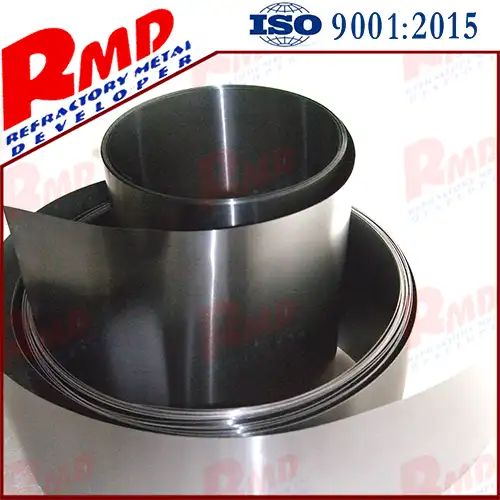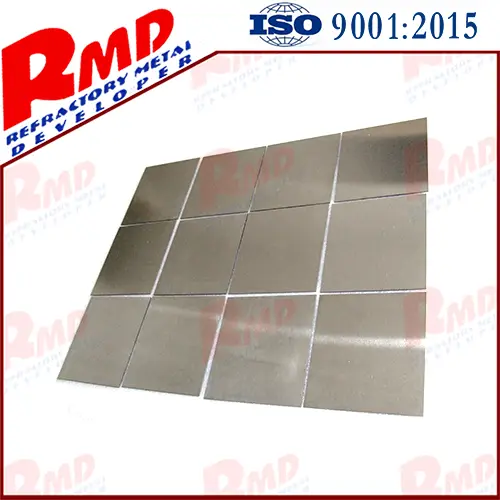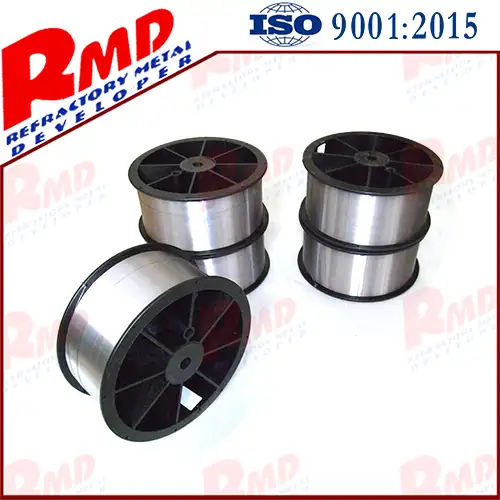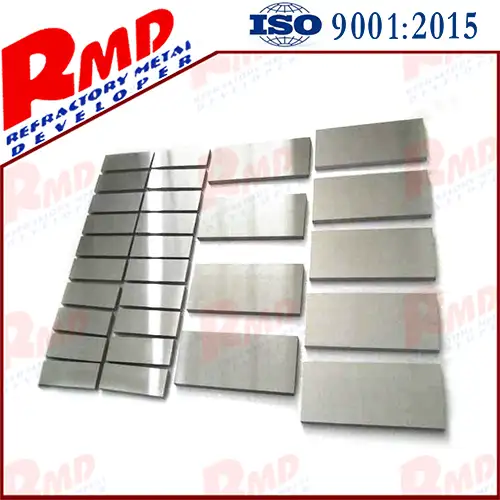- English
- French
- German
- Portuguese
- Spanish
- Russian
- Japanese
- Korean
- Arabic
- Greek
- German
- Turkish
- Italian
- Danish
- Romanian
- Indonesian
- Czech
- Afrikaans
- Swedish
- Polish
- Basque
- Catalan
- Esperanto
- Hindi
- Lao
- Albanian
- Amharic
- Armenian
- Azerbaijani
- Belarusian
- Bengali
- Bosnian
- Bulgarian
- Cebuano
- Chichewa
- Corsican
- Croatian
- Dutch
- Estonian
- Filipino
- Finnish
- Frisian
- Galician
- Georgian
- Gujarati
- Haitian
- Hausa
- Hawaiian
- Hebrew
- Hmong
- Hungarian
- Icelandic
- Igbo
- Javanese
- Kannada
- Kazakh
- Khmer
- Kurdish
- Kyrgyz
- Latin
- Latvian
- Lithuanian
- Luxembou..
- Macedonian
- Malagasy
- Malay
- Malayalam
- Maltese
- Maori
- Marathi
- Mongolian
- Burmese
- Nepali
- Norwegian
- Pashto
- Persian
- Punjabi
- Serbian
- Sesotho
- Sinhala
- Slovak
- Slovenian
- Somali
- Samoan
- Scots Gaelic
- Shona
- Sindhi
- Sundanese
- Swahili
- Tajik
- Tamil
- Telugu
- Thai
- Ukrainian
- Urdu
- Uzbek
- Vietnamese
- Welsh
- Xhosa
- Yiddish
- Yoruba
- Zulu
Application Of Tantalum And Its Compounds
2024-01-05 18:00:06
Tantalum and its compounds are widely used in various fields. This paper mainly introduces the applications in three fields.
Application of tantalum in atomic energy industry
Its alloys are resistant to high temperature corrosion (high chemical stability for yaltoo metal alloys of mercury, sodium and potassium), and are ideal materials for carrying liquid metals in nuclear power systems. Liquid metals are often used as heat carriers in nuclear reactors to transfer heat from the reactors to turbines and engines. Metal tantalum does not dissolve in the pot, so it can be used as fuel container material for the melting pot experimental reactor.
Cadmium tantalate and indium carbonate have high neutron capture cross section and good stability. They are valuable materials for high temperature control in high temperature reactor (> 700℃).
![]()
Application of tantalum in medical field
In modern medicine, tantalum metal has attracted more and more attention from medical and material workers due to its unique advantages such as excellent corrosion resistance and biocompatibility, and has been widely used in the medical field.
Tantalum can be used as bone plate, screw, clamp rod, nail, suture needle and other surgical materials. Tantalum plate and chip can be used to repair skull. Tantalum foil and wire can suture nerves. Fine tantalum wire can be used to suture various blood vessels with inner diameter of more than 1.5mm. Tantalum wire is also used for suture for orthopedic shell replacement. Tantalum can also be used in the manufacture of dental machinery.
Porous tantalum metal is a unique porous material, the entire structure is very similar to the human sponge bone, its strength and toughness than the human sponge bone. Therefore, medical experts at home and abroad use porous tantalum metal rod as human implant to treat early femoral head necrosis and other orthopedic diseases.
A mixture of tantalum pentoxide and a small amount of iron trioxide may be used to accelerate blood coagulation.
![]()
Tantalum is used in military industry
Apply materials inside the gun body
When gunpowder is exploded, it produces a tail flame with a temperature of 2500 ~ 3500K and a pressure of 300 ~ 800MPa. The tail flame contains such corrosive components as H2S, CO, O2, H2, H2O, N2 and powder residue particles. Therefore, the gun barrel will undergo the physical and chemical effects of high-temperature and high-pressure gunpowder gas (the thermal effect of high-temperature gas, the scouring of high-speed airflow, the corrosion of gunpowder gas residue in the bore, and the wear of high-speed moving projectile on the inner wall) when the projectile is launched. Under this working condition, the gun barrel bore will be subjected to severe ablative erosion and wear, which will lead to the change of the geometry and size of the barrel bore, which will directly affect the firing accuracy of the gun and the life of the barrel.
Using the experimental triode sputtering system, Lee et al. deposited a Ta layer 50~125 microns thick in the rifled liner tube of 20mm inner steel. After 1500 times of live target test, the Ta layer was complete and played a good role in protecting the substrate. Meanwhile, Lee et al. prepared alpha-ta layer in rifling lining tubes of steel with molten salt at 800℃. After 5034 live target tests, the coating was still compact and tightly bound to the substrate. U.S. army Bennett, laboratory (Benet Laboratories) according to the characteristics of the size of gun tube cylindrical magnetron sputtering tantalum technology was proposed, at the same time walt Foley's Arsenal built for the 120 mm, 155 mm, 105 mm sputtering total length of large caliber gun tube trial production cylindrical magnetron sputtering deposition technology platform, is used to "abrams", "crusade" and future combat systems such as large caliber gun tube chamber of all of the magnetron sputtering plating tantalum; In the Bennett experiment of the us army, Vigilante et al. prepared pure tantalum ablative resistant layer in 25mm rifled gun barrel and 120mm smooth rifled gun barrel bore by using explosive spraying technology. It was found that the bonding between tantalum layer and the base metal was good, but adiabatic shear band would appear in the base steel of the body tube and ta-fe brittle intermetallic compound phase would be formed.
The ministry of defense has previously studied the use of ta-10w alloy as the inner coating, but in order to improve the initial velocity of the projectile, the propellant powder contains a large amount of hydrogen, which will be absorbed by the inner tantalum alloy. Coupled with the thermal mechanical impact, the inner coating of the alloy will be brittle destroyed. Now the defense department is using magnetron technology to coat tantalum to protect the surface of the gun. In order to improve the wear, corrosion and ablative properties of gun barrel, tantalum electroplating with molten salt has been studied.
armor-piercing
In the 1980s, a new type of warhead, the explosively formed penetrator, was successfully developed. When the explosive is detonated, the butterfly disk morphs into a long, steady, flying penetrator, speeding towards its target.
With the development of armor materials, modern anti-armor warhead has higher and higher requirements on the materials of explosive forming munition type hood. The formation of a longer and more stable jet requires high density, high sound velocity, good thermal conductivity, and high dynamic fracture elongation. In addition, it is required that the material has fine grain, low recrystallization temperature, certain texture and other microstructure.
Tantalum and depleted uranium have high density, high dynamic elongation and arson. Especially, tantalum has high density (16.6g/cm3) and good dynamic characteristics, which is a kind of material mainly used in explosive forming ammunition type housing studied abroad. Ta is widely used in tow-2b, tow-ng and other american-made missiles as the material of explosively formed munition type hood. Ballistic experiments show that Ta's affinity is 30%~35% higher than that of Cu, and can reach 150mm.
At present, the research of using tantalum as the coating material mainly focuses on improving the processing technology and saving the cost. Among them, the United States army equipment research and development center (ARDEC) USES P/M method to develop explosively formed tantalum cartridge type housing. AEROJET USES extruded Ta as a rotary forging process to produce net tantalum caps for use in SADARM, STAFF and WAM explosive forming shells. PM2 and PM4 tantalum powders are pressed by static pressure, sintered, extruded and processed into blank material, and then annealed and forged by rotary forging. Germany's SMArt - 155 - mm min at the end of the play, the world's one of the most advanced gun min at the end of the play, the play USES the thin-walled structure, its sensitive device has higher anti-interference ability, the fog on the ground or under the bad environment can still work normally, the play the use of high-density tantalum medicine form, the penetration is 35% higher than that of copper medicine form cover, on the maximum range can still ensure the breakdown of a tank top armor; The "sadarm-155mm" terminal sensitive missile developed by the United States adopts a composite sensitive device, and its warhead is EFP warhead with a high-density tantalum type hood. It is now armed with 155mm self-propelled artillery and multiple rocket launchers; The BONUS-155mm dexterous shell, jointly developed by the Swedish bofors company and the ground weapon group, has been mass produced and is suitable for 45-calibre artillery.
High purity materials are required for the elastochemical cover of explosive forming. Trace elements have a great influence on the physical properties of the cover material, and ultimately affect the penetration depth of the projectile. The purity of tantalum has an influence on the strength, crystal structure and the length of explosive forming projectile (EFP). Therefore, the purity of tantalum shall be strictly controlled in the preparation process.
Ultra high vacuum aspirating material
Ultra-high vacuum aspirating material (tantalum - alloy) is used in night vision equipment in conventional defense weapons. Titanium with 15% tantalum material as the skeleton, as hydrogen, oxygen, nitrogen, carbon monoxide, carbon dioxide and water vapor, methane, and neon gas adsorbent, to improve the service life of the getter material, this material can be applied to the infrared camera tube of active infrared night-vision goggles, the passive light night light tube, to ensure that the vacuum tube to maintain high vacuum, high efficiency, high service life so as to achieve the night-vision equipment and improve clarity.

